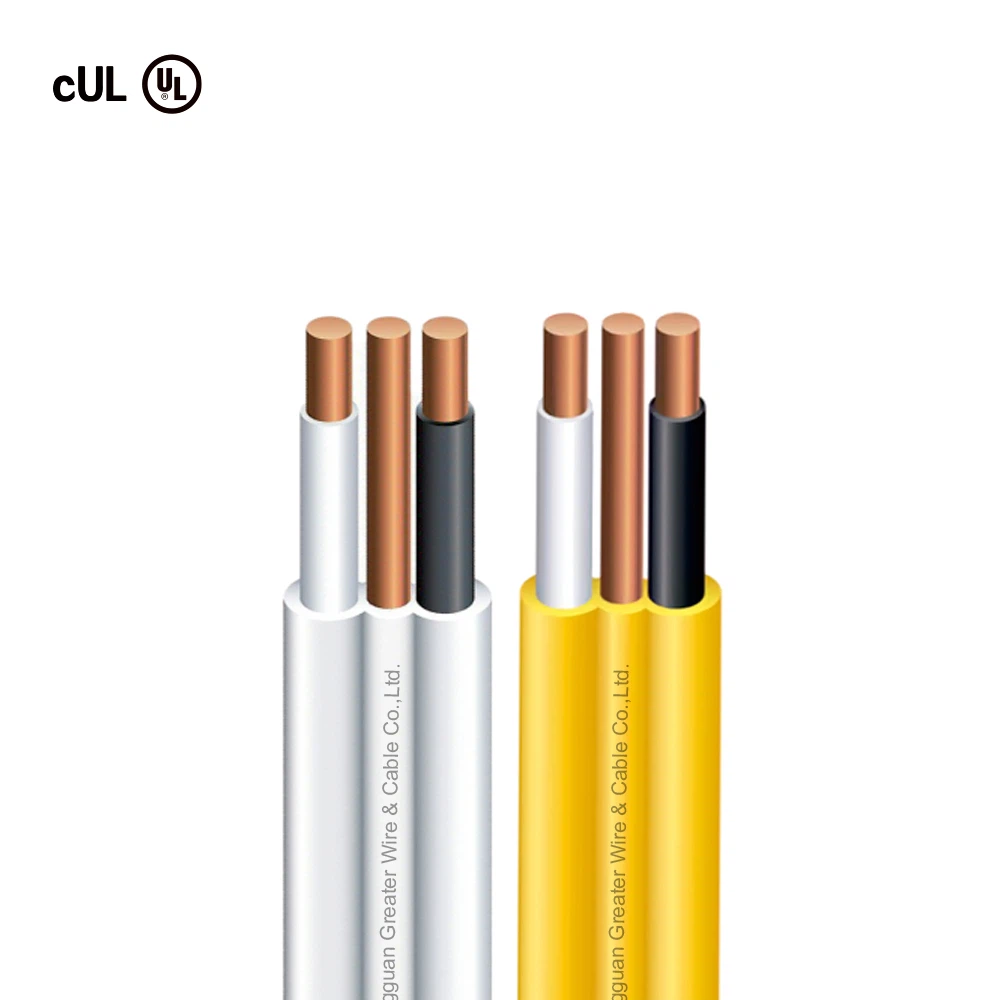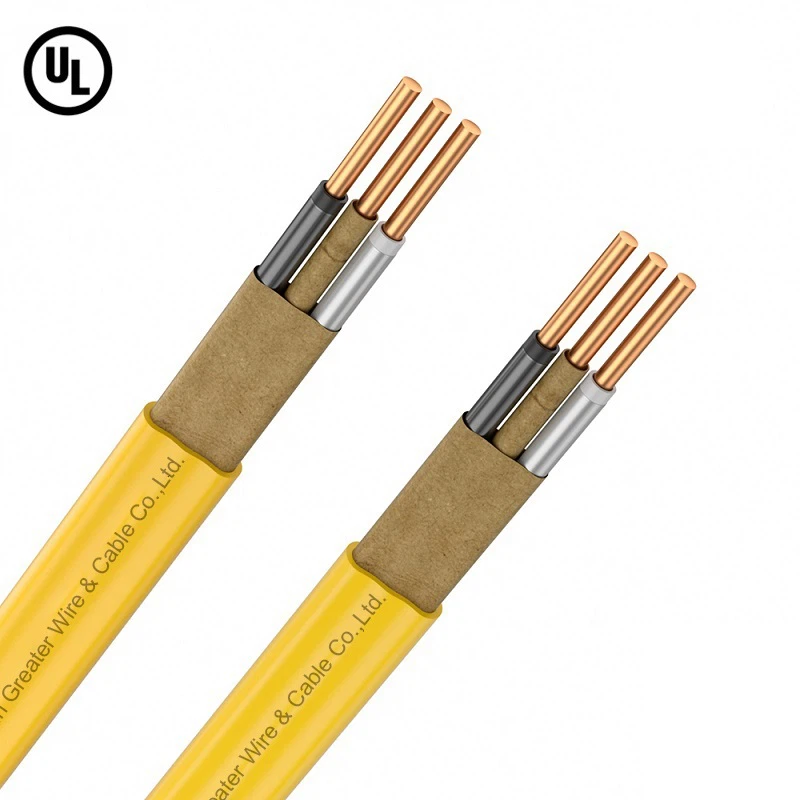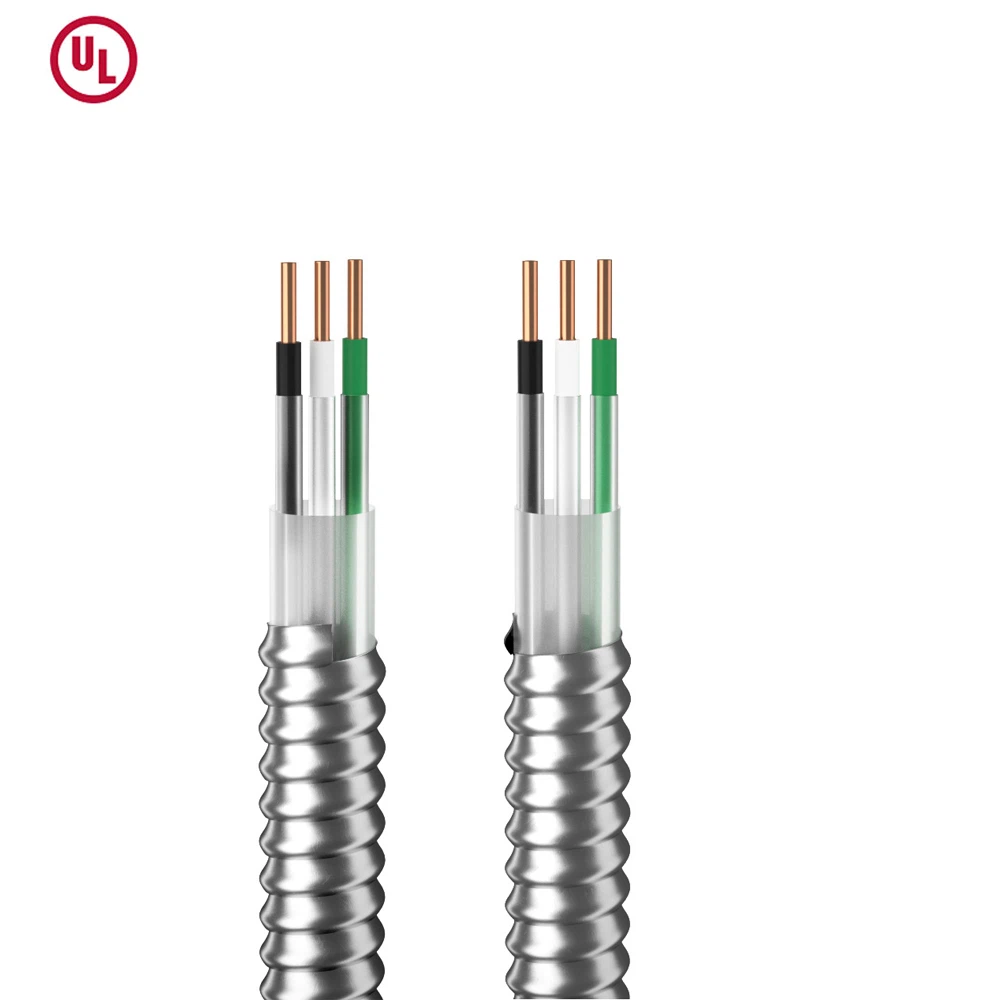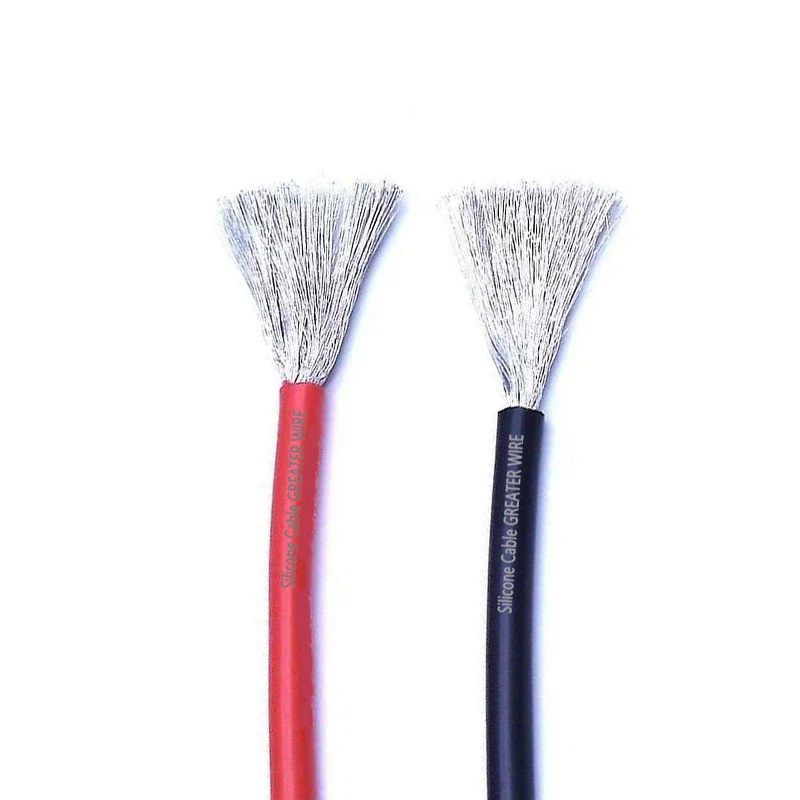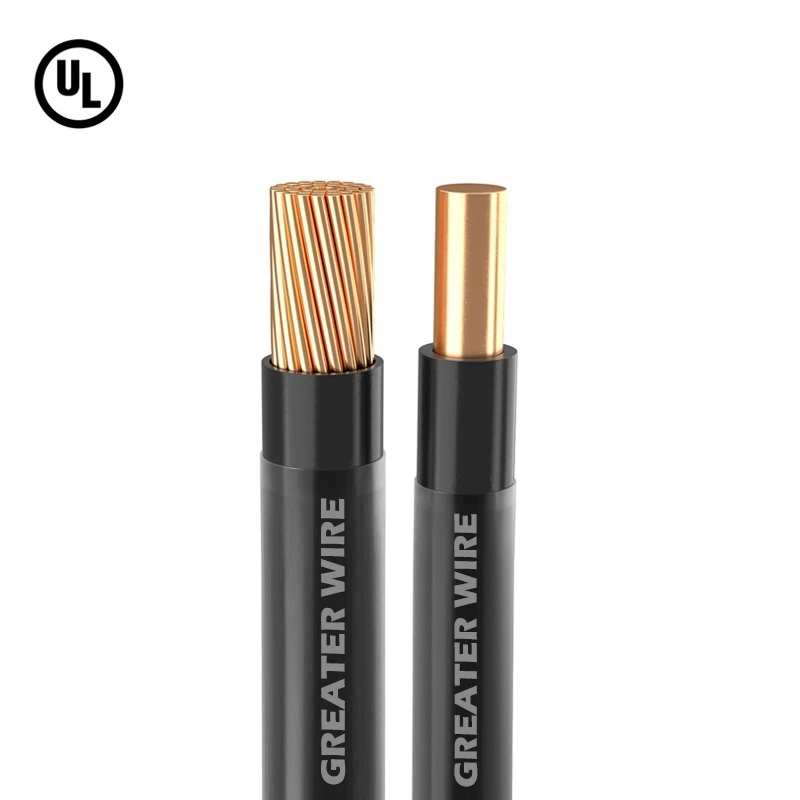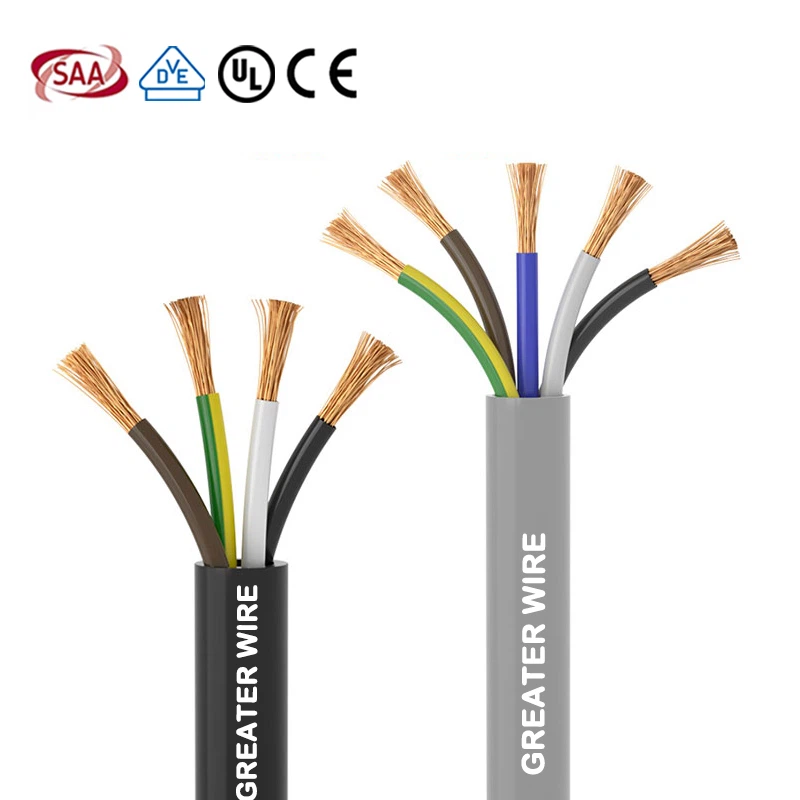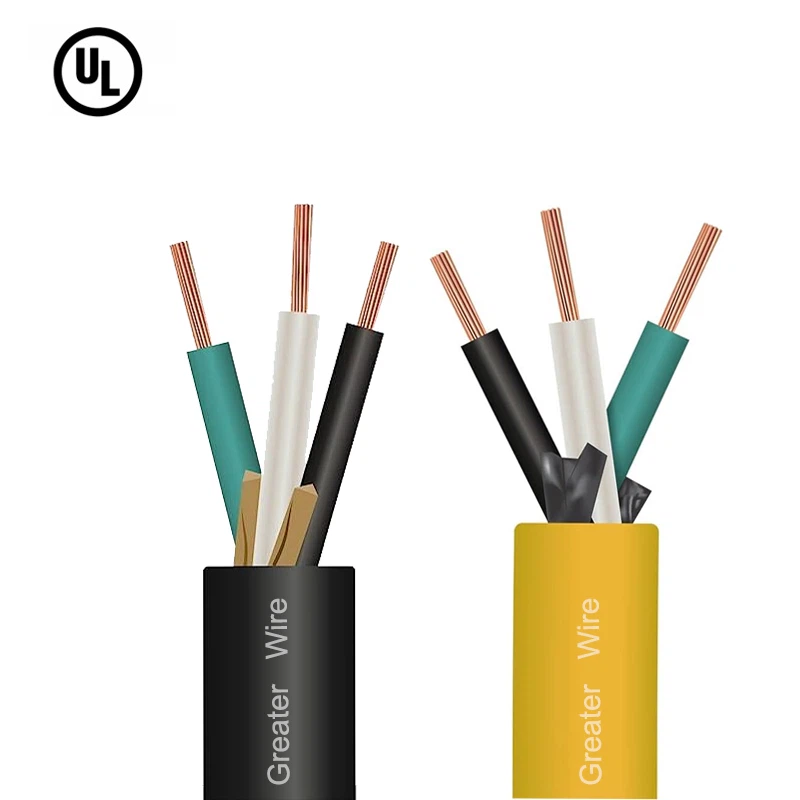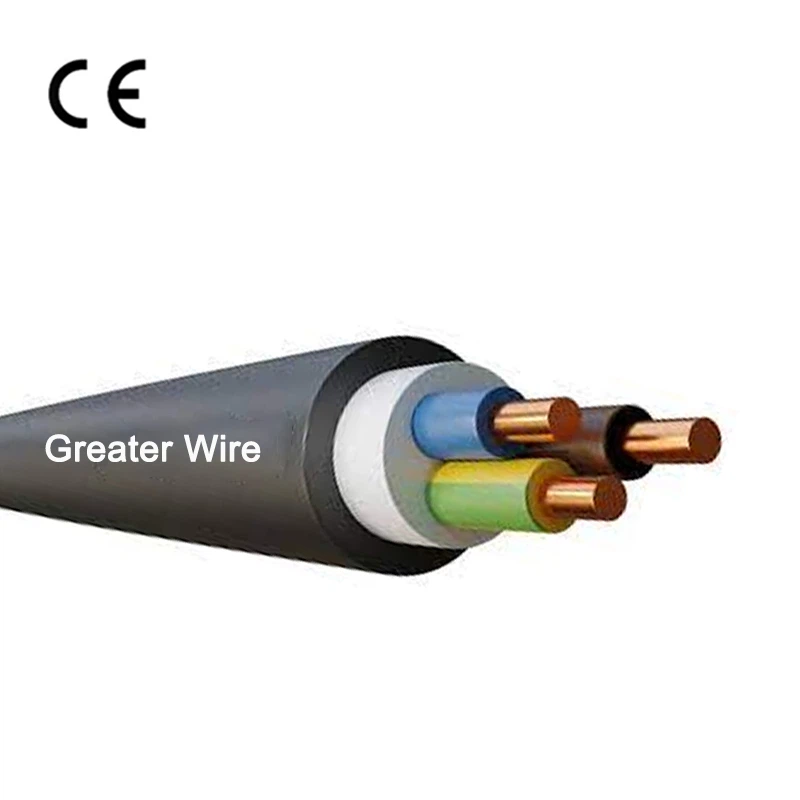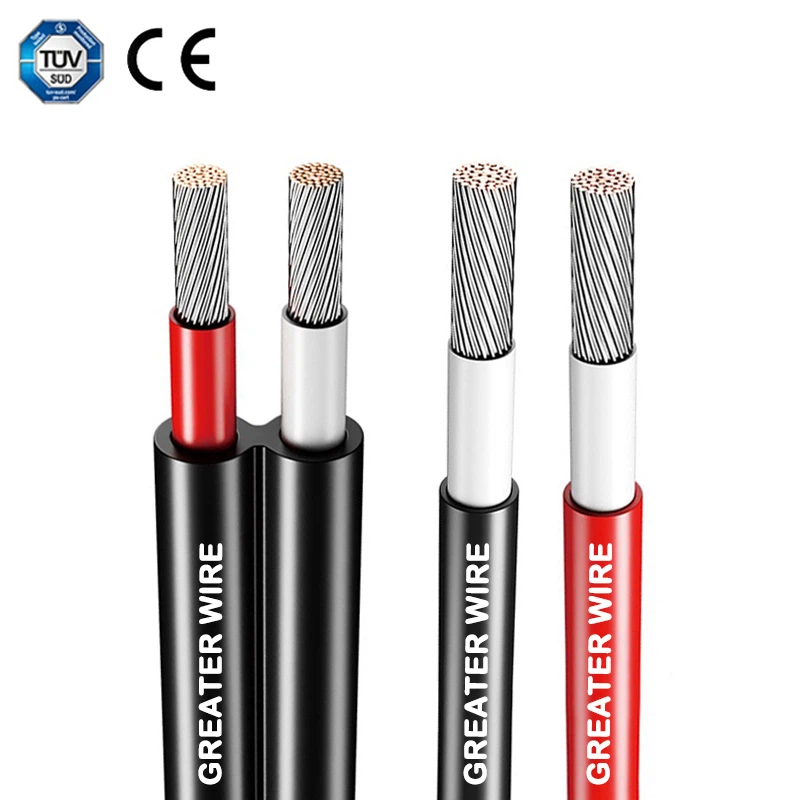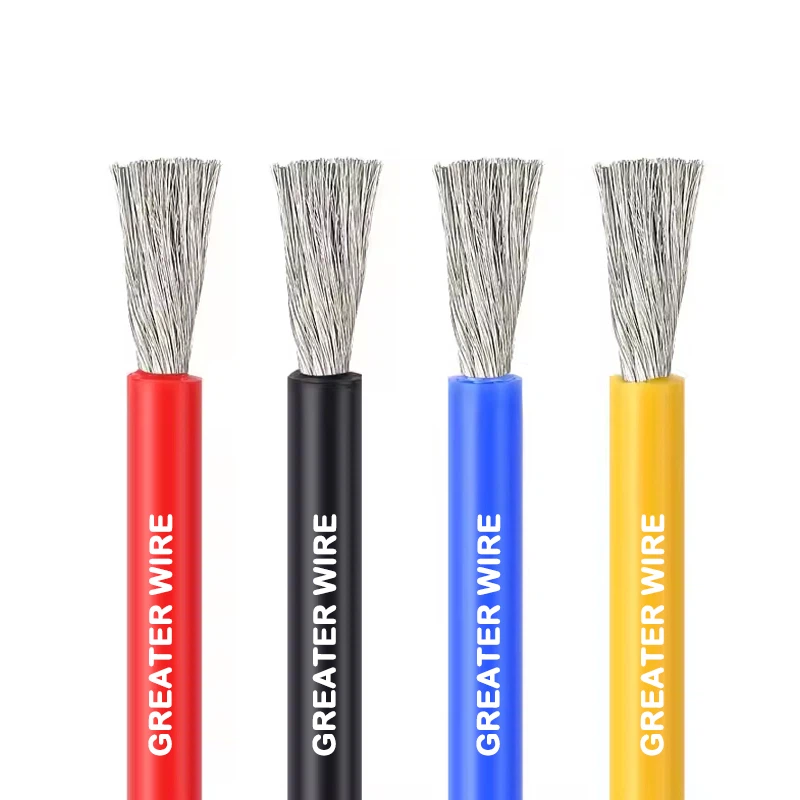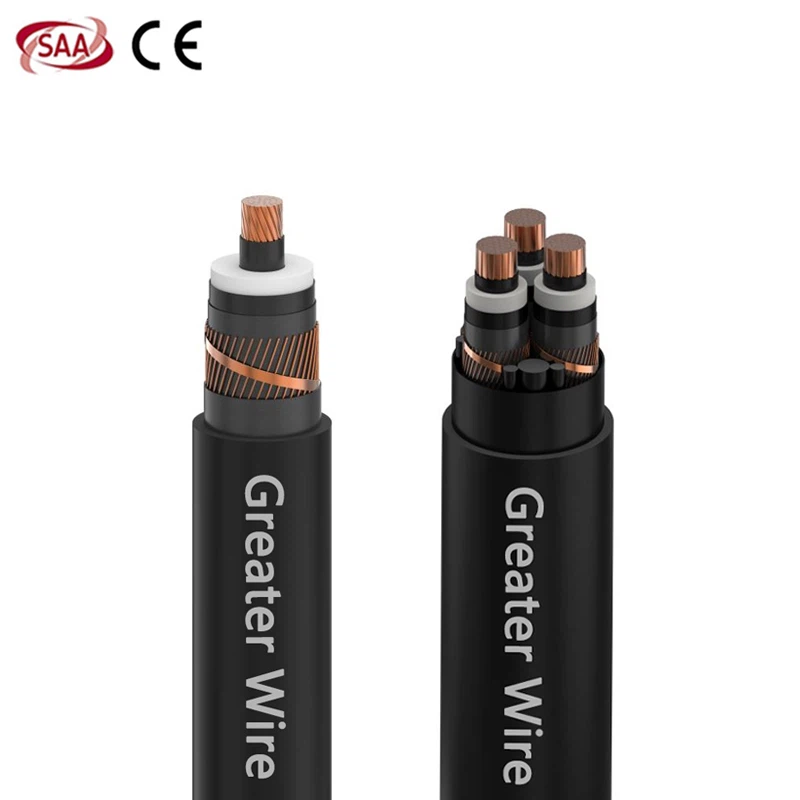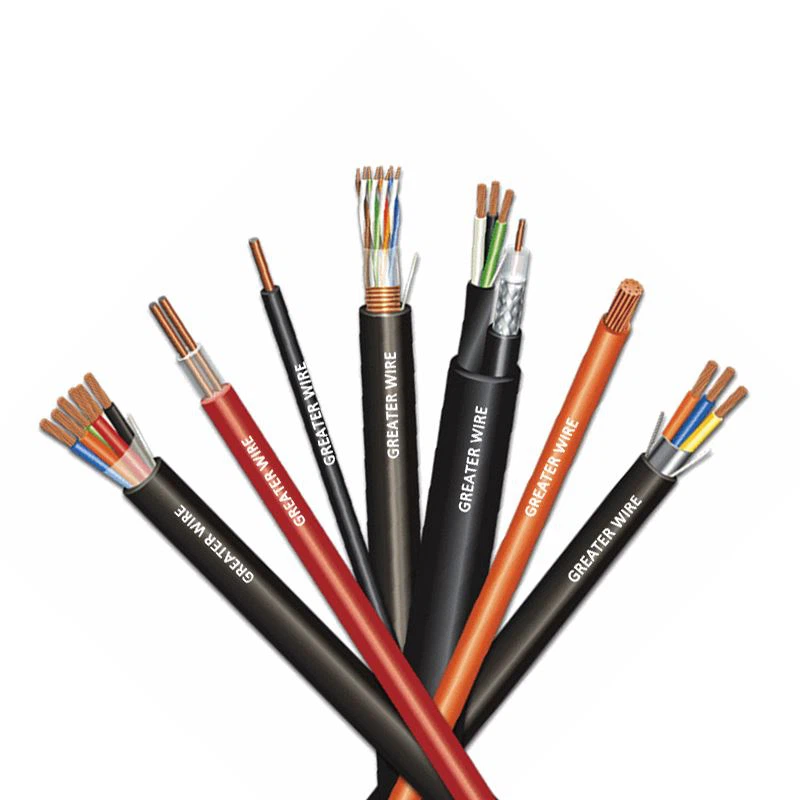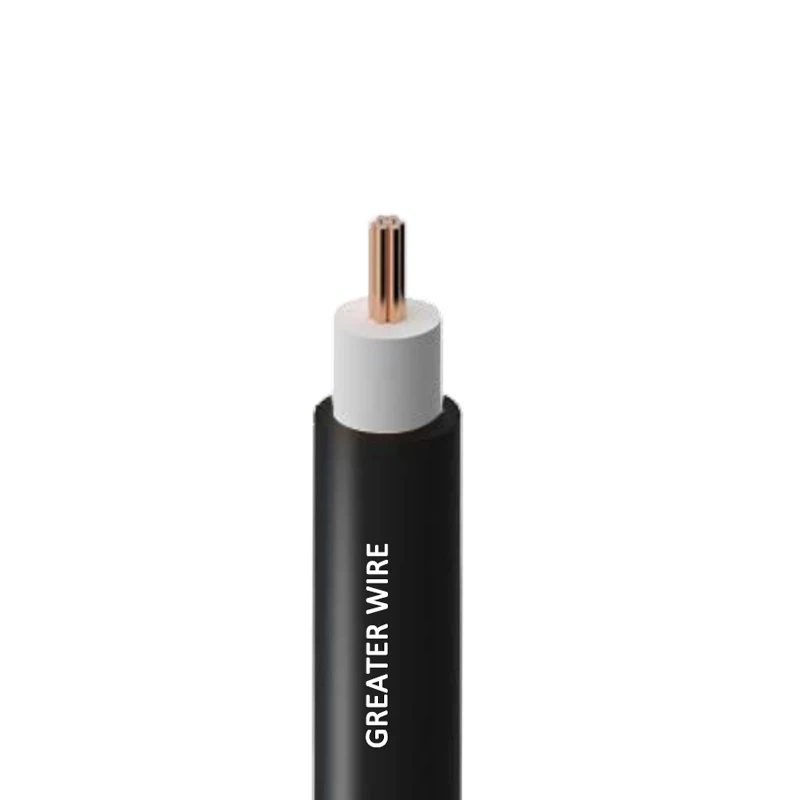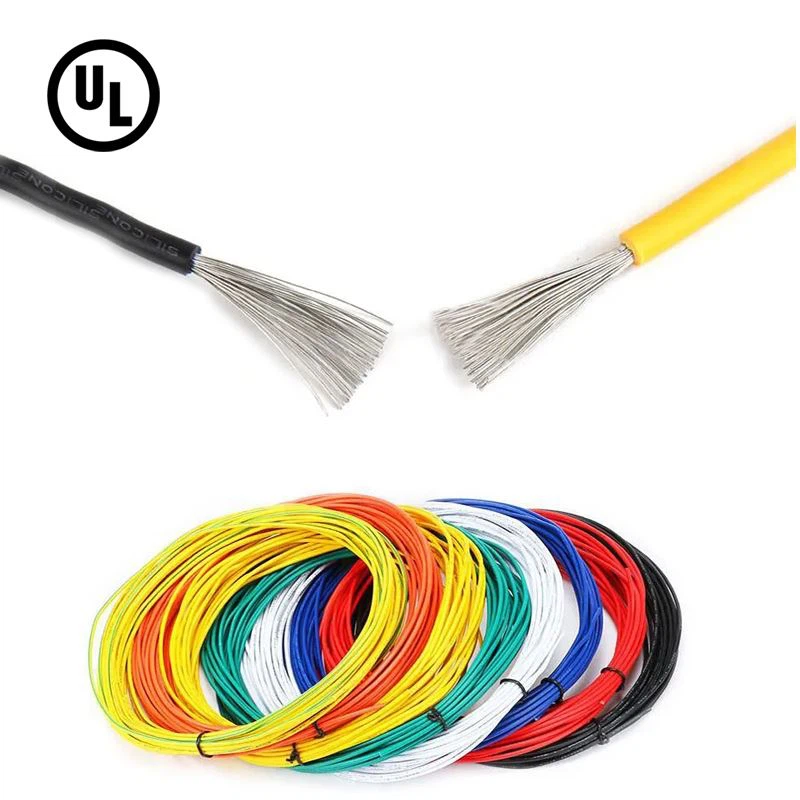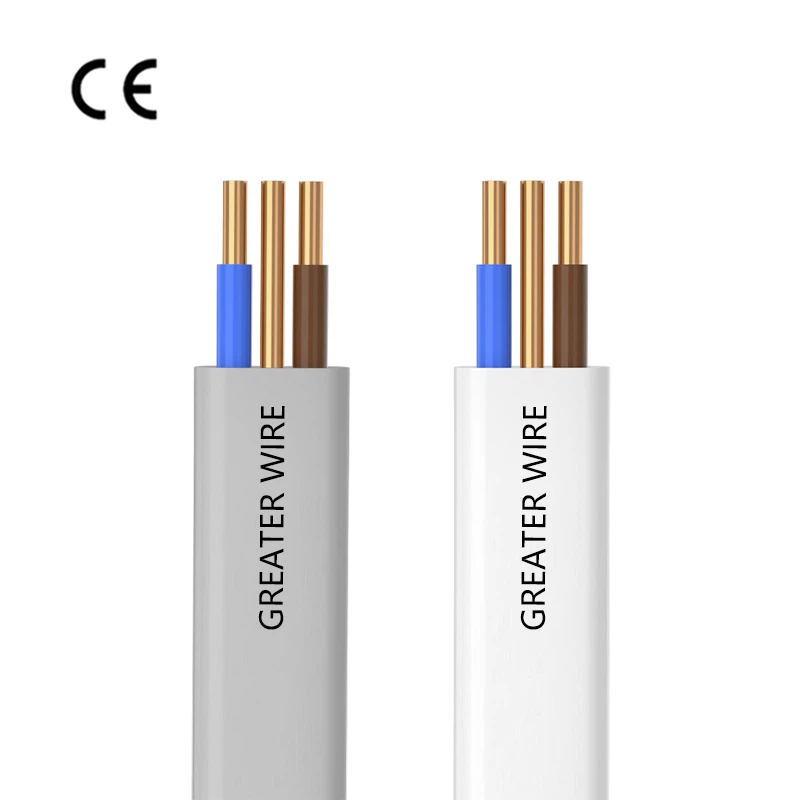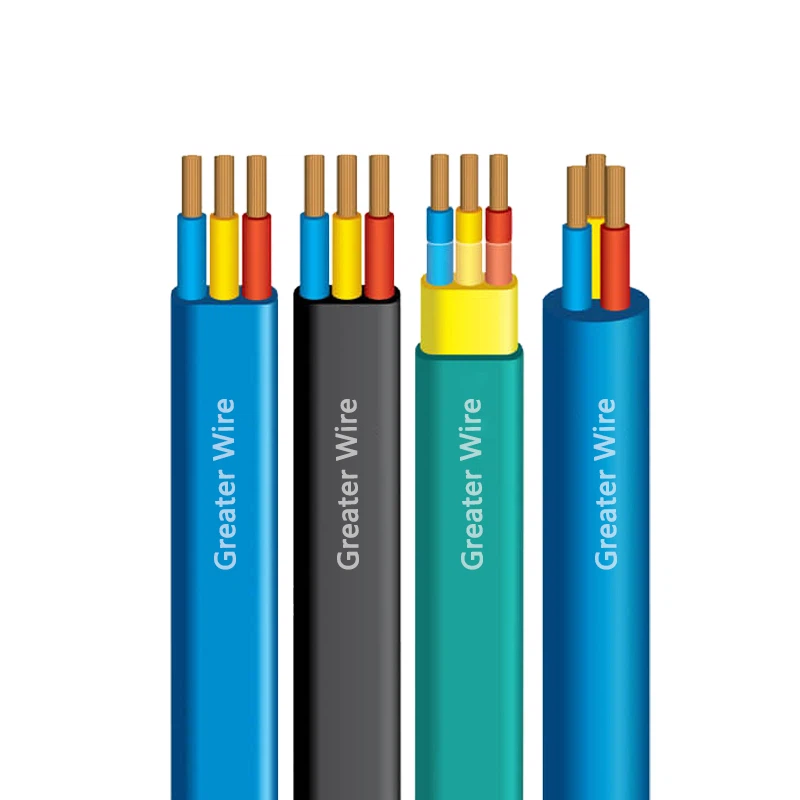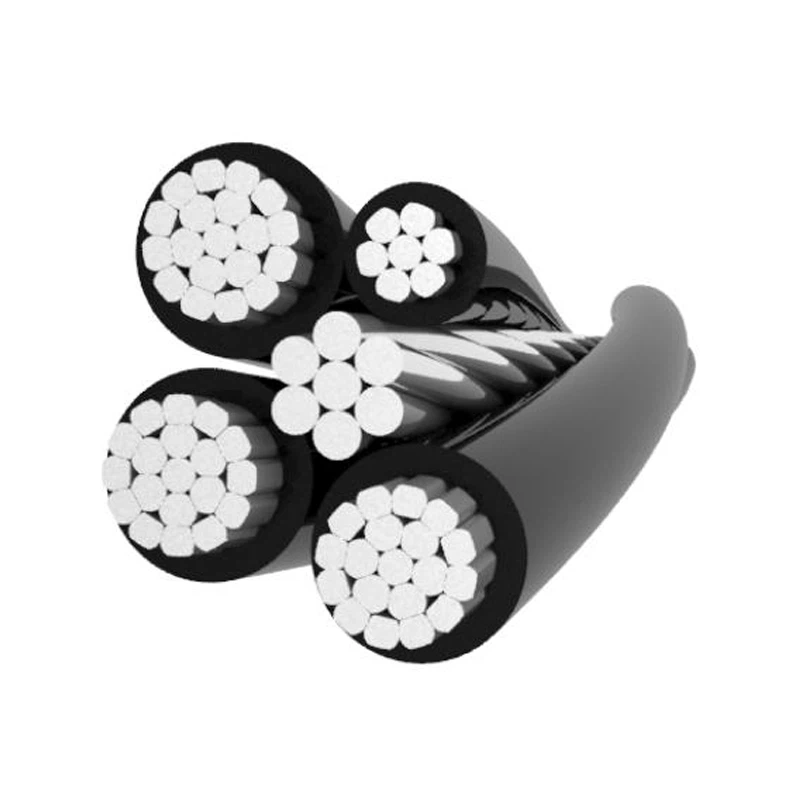In the modern electrical and construction industries, the use of various types of cables is critical for ensuring efficient and safe electrical systems. Among the many cable types, orange cable wire is often discussed due to its distinctive color and specific applications. But what exactly is orange cable wire, and why is it so commonly used in certain environments? This article will explore what orange cable wire is, including its characteristics, uses, and the importance of relevant certifications and standards such as the SAA certificate, Australia Standard, and AS/NZS 5000.1.
Defining Orange Cable Wire
At its core, orange cable wire refers to any electrical wire or cable that features an orange-colored outer insulation. The color is not merely for aesthetic purposes but serves specific functional and safety-related roles. The insulation on these cables is designed to protect the internal conductors from physical damage, environmental hazards, and electrical interference. The orange color is often chosen because of its high visibility, making these cables easier to identify and manage, especially in environments where multiple cables are used.
Unlike other colors, which may be associated with specific types of cables or applications (such as black or white wires commonly used in general electrical installations), orange cable wire is frequently seen in industrial, commercial, and construction settings, especially where high-visibility is necessary. The cable's insulation is typically made from materials that ensure the wire performs optimally under challenging conditions, such as extreme temperatures, exposure to chemicals, and outdoor environments.
Materials Used for Insulation
The insulation material of orange cable wire plays a significant role in determining the cable's overall properties, such as flexibility, durability, resistance to environmental factors, and electrical performance. Common insulation materials for these cables include:
PVC (Polyvinyl Chloride): PVC is a widely used material for insulation due to its affordability, flexibility, and durability. It provides a protective barrier against moisture, dust, and other contaminants, making it suitable for general indoor and outdoor applications.
XLPE (Cross-Linked Polyethylene): XLPE is used for cables that need to perform in higher temperature ranges. It has superior mechanical strength and thermal stability compared to PVC, and is ideal for applications in which the cable must endure intense heat or extreme conditions.
Rubber Insulation: For cables that require extra flexibility and resistance to abrasion, rubber insulation is often used. Rubber-coated cables are commonly used in applications where high flexibility, such as in moving machinery or areas subject to physical wear, is required.
LSZH (Low Smoke Zero Halogen): In environments where fire safety is a priority, LSZH cables are used. These cables release minimal smoke and no toxic halogen gases when exposed to fire, making them a safer option in public spaces and other safety-conscious environments.
Why Choose Orange Cable Wire?
Orange cable wire stands out for several reasons, one of the most notable being its high visibility. In environments where multiple cables are installed, the orange color makes it easier to identify, troubleshoot, and manage the cables. This feature is particularly important in industrial, construction, and outdoor settings, where cables are often exposed to physical stress, weather elements, or potential interference.
Besides its color, orange cable wire offers several other advantages:
Safety and Identification: As previously mentioned, the color orange serves as a safety feature. It acts as a visual cue, allowing personnel to easily spot cables in a sea of wiring. In emergency situations or when cables are being installed or maintained, this high-visibility color can save time and reduce the risk of accidents.
Durability and Protection: The cables are generally built with insulation that protects them against harsh conditions. Whether exposed to UV rays, high humidity, or chemicals, orange cables can be designed with robust protective coatings that ensure their longevity and performance.
Compliance with Standards: As with all electrical components, orange cable wire must adhere to specific standards and certifications to ensure safety, performance, and reliability.
SAA Certificate and Australian Standards
In Australia, electrical products-including orange cable wire-must meet stringent safety and quality standards. The SAA (Standards Australia Accredited) certificate is a mark of approval that signifies a product has been tested and complies with Australian safety regulations. The SAA certificate is a trusted indication that a product is safe for use in residential, commercial, and industrial installations.
For orange cable wire, the SAA certificate is important because it assures that the cable complies with essential criteria, such as:
Electrical safety: The cable must not pose any risk of electrical shock, short circuiting, or fire under normal operating conditions.
Durability and Resistance: The cable's insulation must provide adequate protection against environmental hazards like moisture, heat, and chemical exposure.
Compliance with Australian regulations: The cable must meet the standards set by local authorities, ensuring that it is fit for its intended purpose.
In addition to the SAA certificate, orange cable wire must adhere to Australian Standards, which are essential for ensuring that the cables are safe, reliable, and effective in various applications.
AS/NZS 5000.1 Standard
One of the most important standards governing the use of electrical cables in Australia and New Zealand is AS/NZS 5000.1. This standard sets out the specifications for cables used in fixed installations within buildings, both residential and commercial. It covers the performance of cables under various conditions and stipulates the requirements for factors such as insulation material, temperature rating, voltage rating, and fire resistance.
For orange cable wire, compliance with the AS/NZS 5000.1 standard ensures that the cable meets critical performance and safety requirements. Some of the most important aspects of the standard include:
Insulation material: Cables must be insulated with materials that can withstand the electrical and mechanical stresses encountered in typical installation environments. The choice of materials like PVC, XLPE, or rubber ensures that the wire performs optimally and maintains safety standards.
Temperature rating: Orange cable wire must be capable of operating within a specific temperature range. For most cables under the AS/NZS 5000.1 standard, the typical temperature rating is 70°C, although some cables may have higher ratings depending on the insulation material and intended use.
Voltage rating: The cable must be rated for specific voltage levels. Standard cables are usually rated at 450/750V or 0.6/1kV, ensuring they can handle typical electrical demands in buildings and other installations.
Fire resistance: In accordance with the AS/NZS 5000.1 standard, orange cable wire must be able to resist the spread of fire and minimize hazards in the event of an electrical fault or fire. Cables are often designed to meet fire-resistant and low-smoke standards to ensure safety.
Applications of Orange Cable Wire
Orange cable wire is commonly used in a variety of applications, particularly in industries and environments that demand high performance and safety. Some of the most common applications include:
Industrial Environments: In factories and manufacturing plants, cables often need to endure harsh conditions. Orange cable wire, with its durable insulation, is ideal for environments where physical wear, high temperatures, and exposure to chemicals are common.
Construction Sites: Orange cable wire is frequently used on construction sites where high visibility is essential. Workers are able to quickly identify and handle cables, reducing the risk of accidental damage or electrical hazards.
Outdoor Installations: Cables used outdoors must be able to withstand exposure to the elements, including UV rays, rain, and temperature fluctuations. Orange cables, made from robust materials like XLPE or PVC, are suitable for outdoor applications.
Power Distribution: Orange cable wire is used in power distribution systems where high reliability and durability are required. These cables are built to safely handle electrical loads and provide consistent performance in demanding applications.



